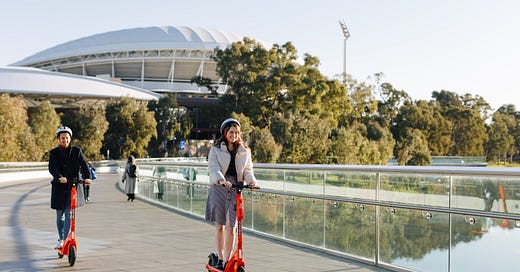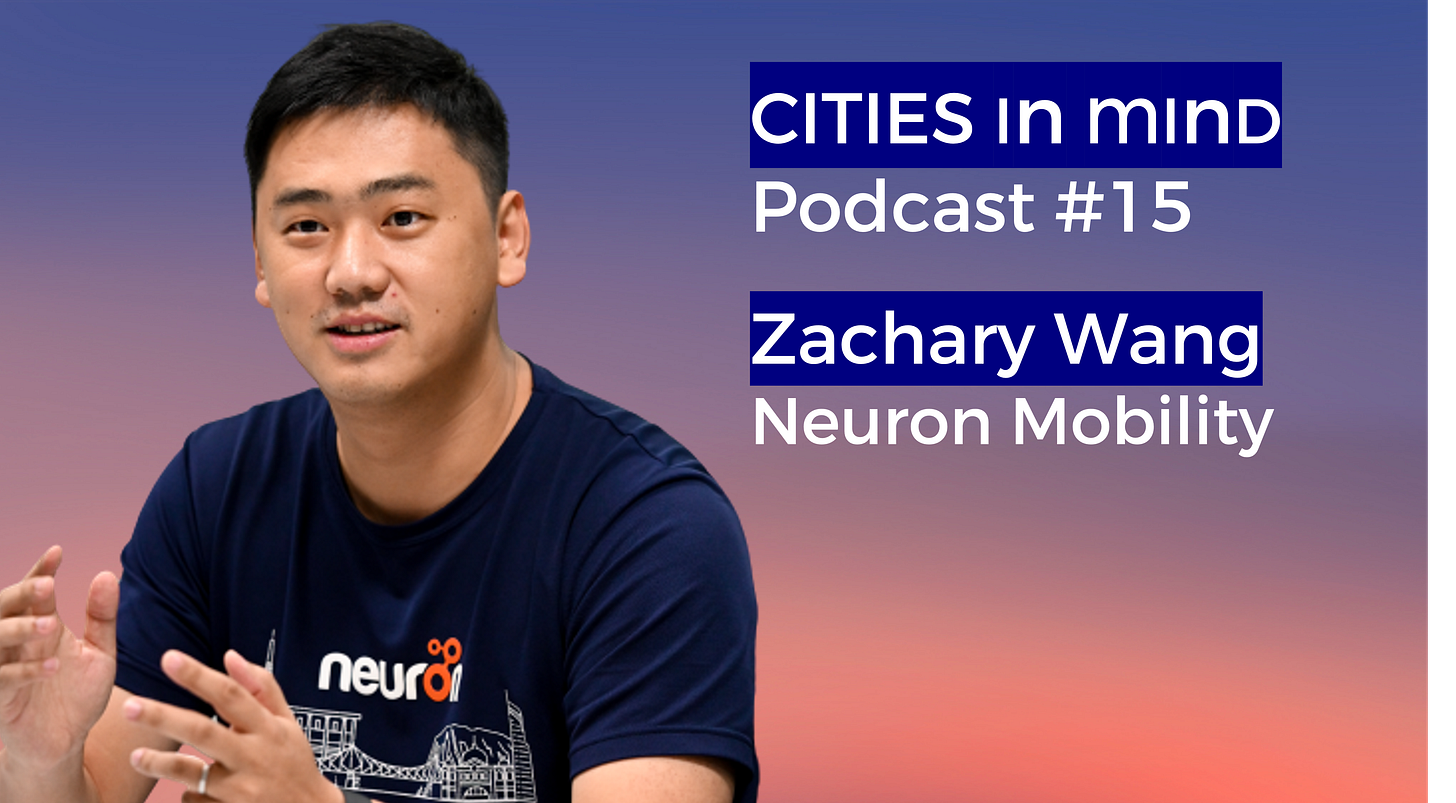🛴 🚲 Hi everyone!
If you’re regularly reading this newsletter, you know that I am quite excited about all things micromobility-related.
Over the past few years, micromobility vehicles have expanded transportation options in cities across the world and stretched the radius that people can travel without a car. Micromobility covers a large range of vehicles, typically weighing less than 500kg, some of them existing for centuries, which have been propelled into the 21st century by the electric revolution: personal or shared bicycles and e-bikes, cargo bikes, trailer bikes, tricycles, e-scooters..
It’s a revolution that is still unfolding as we speak and which could tremendously transform the way we move around cities.
Asia Pacific is an important market for micromobility startups and a leading pioneer in the micromobility world. China was the first country to implement a dockless bike-sharing system in 2015. Many cities in Southeast Asia followed suit, keen on experimenting with new urban mobility options. Further South, Australia and New Zealand are established markets for micromobility, with good cycling infrastructure and strong regulations.
A couple of days ago, I had the chance to discuss with Zachary Wang, Co-Founder and CEO of Neuron Mobility. Founded in Singapore in 2016, Neuron is a safety-leading rental e-scooter company and micromobility technology developer operating in cities across Australia, New Zealand, the United Kingdom, South Korea and Canada.
🎙 I am thrilled to share with you my conversation with Zach. We discussed, among other things:
How Neuron Mobility approaches the diversity and the complexities of the APAC market
Why a micromobility business is fundamentally different from a ride-hailing business (asset management business vs platform business)
How micromobility startups could better work with city authorities and adapt their technologies to local contexts
What micromobility can do to help cities in the region solve their problems, in terms of congestion, liveability, CO2 emissions
How micromobility operators could partner with real estate developers and property owners to create value for the built environment
I hope you’ll enjoy the episode and learn a thing or two. Feel free to share this issue & podcast episode around you or drop it in one of your company’s Slack channels 😉
🧐 If you want to learn more
E-scooter startup Neuron Mobility adds $12 million to its Series A for expansion in Australia and New Zealand | TechCrunch Neuron going 🚀 in Australia & New Zealand
"Micromobility is urban mobility" - Issue #13 One of our recent issues summarising why the mobility revolution in cities is here to stay
The future of micromobility: Ridership and revenue after a crisis | McKinsey McKinsey’s take on what lies ahead for the micromobility industry
Cycle-logistics: everything you need to know The next step: moving goods using micromobility vehicles
Small Vehicles, Big Impact | ULI Knowledge Platform A reference report compiling potential opportunities between the real estate and the micromobility industries
How Can Micromobility Operators Reduce Charging Costs? | by INVERS — Make Mobility Shareable | Medium New charging trends to improve micromobility operations
Micro Mobility Revolution: Startups, Companies & Market Solutions l CB Insights What micromobility looks like around the world, leaders across the space, and obstacles that these solutions are facing
That’s it for today. As usual, a small 💚 at the bottom of this page goes a long way.
Thanks for your support and see you next Wednesday for a new issue.















Share this post